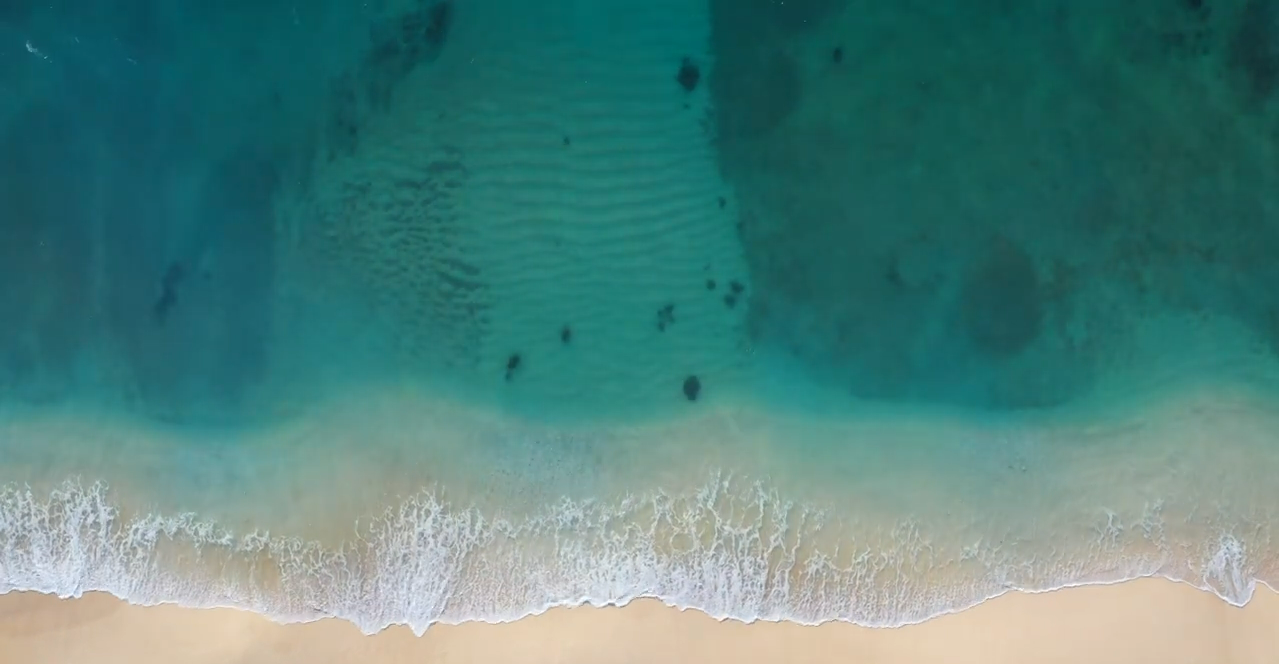Harnessing the Ocean's Energy
This video debuted at the 2022 Better Satellite World Awards Dinner.
Sponsored by
With Additional Support from
The Earth is embraced by its oceans and seas. And so are we. Scientists estimate that waves washing up on America’s coastline contain enough to meet the power needs of two-thirds of its homes and businesses.
The world needs that power. Experts believe the world will need 50 percent more energy by 2050 than it does today. To protect our planet, much more of that energy needs to come from renewable sources.
But capturing it from the sea is hard. Salt water corrodes metal. The up-and-down, back-and-forth motion of waves breaks moving parts. And stormy seas can wreck any but the strongest structures.
 Testing Ways to Power the Future Via the Ocean
Testing Ways to Power the Future Via the Ocean
To speed progress, Oregon State University used funding from the US Energy Department to build two unique testing platforms for wave and tidal energy systems. Called PacWave, they provide test beds connected by undersea cables to the onshore electrical grid. Dozens of undersea energy converters can be tested at the same time. It is the world’s first low-cost, high-performance facility for testing ocean energy.
But to test systems, you need to know what the ocean is up to hour by hour – the temperatures, winds, wave patterns, tidal flows and ocean currents. By matching that information to the test data, engineers gain invaluable data on each system being tested.
Globalstar Provides Vital Data to Make Testing Possible
The vital data for PacWave comes from the sea by way of the sky. The university has placed buoys across the region where its platforms operate. Each is equipped with temperature, motion and other sensors. They are also equipped with Globalstar’s SmartOne Solar devices – small, rugged satellite transmiters that are charged by sunlight and can operate for up to 10 years. Using an online system called SPOT My Globalstar, PacWave researchers can find the location of each buoy, import data and receive alerts if buoy’s drift away.
Off the Oregon coast, the waves roll in and the tides rise and fall. The stream of data, beamed up to Globalstar satellites and back to Earth, is helping innovators test their ideas faster than ever before to learn what fails and why, and what might work tomorrow.

Many land based and maritime industries benefit from Globalstar with increased productivity from remote areas beyond cellular and landline service. Global customer segments include: oil and gas, government, mining, forestry, commercial fishing, utilities, military, transportation, heavy construction, emergency preparedness, and business continuity as well as individual recreational consumers. Globalstar data solutions are ideal for various asset and personal tracking, data monitoring and SCADA applications.

